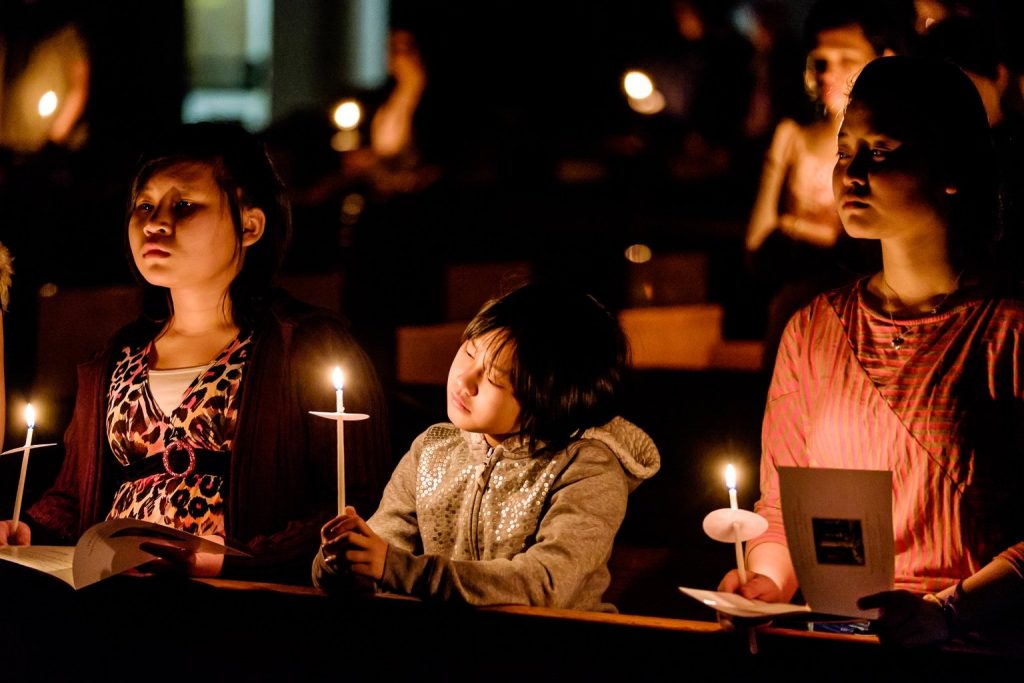Eight years ago I published a book called “American Church.” The subtitle explained what it was about: “The Remarkable Rise, Meteoric Fall, and Uncertain Future of Catholicism in America.”
Now the future is here. That sound you heard was the future of the Church in America landing with a masked-up thud. At least for the short run, it is anything but bright.
Before COVID-19 made its devastating presence felt, 21.1% of American Catholics attended Mass every week, according to the Center for Applied Research in the Apostolate. That was nothing to brag about, compared with 54.9% in 1970, but it looks positively hearty next to the 12% or so projected for the post-COVID era.
Using data from dioceses, Villanova University’s Center for Church Management, the source of that projection, had previously seen Mass attendance dropping to that level in 2030. But the pandemic sped things up. “It’s not going to be 2030. It could be 2022 [or] 2023,” Matthew F. Manion, center director, told Catholic News Service.
What’s happening is no mystery. As churches closed and bishops suspended the Sunday Mass obligation during the pandemic — measures initially required by state and local officials responding to a genuine public health crisis — people in the habit of attending Mass weekly acquired the new habit of staying home instead.
If they wanted to see a Mass, there was always one no further away than the TV set or the computer screen. And even when Mass in church became possible again, many were perfectly content with the new option of nonattendance that the pandemic had opened up for them. To be sure, over time some may eventually decide to resume coming to church, at least now and then. But it’s a safe bet many won’t.
This has lots of unpleasant consequences. Here are a few.
The sharp decline in financial support for the Church that has already occurred will continue. That will mean cutting back or eliminating many programs and services previously offered in areas like education and charities.
The consolidating or closing of parishes already taking place in a number of dioceses will continue and accelerate. In many parishes that survive, the sense of community will be further weakened.
Worst of all, what is happening can’t help but diminish, if not totally end, sacramental participation by many Catholics, with all the negatives that implies for their spiritual health.
To be sure, there are bright spots in this gloomy picture: particular dioceses, parishes, and individual Catholics emerging from these trying months stronger in the faith than before. I think especially of those good people who felt a real sense of loss at being cut off from attending Mass and now rejoice in its return.
What next? Obviously bishops and priests have their work cut out for them to restore or replace as much as possible of what has been lost. But the nature of this crisis is such that it would be an especially counterproductive form of clericalism to look only to the clergy for remedies.
On the contrary, if there are to be remedies, the Catholic laity will have to find them, individually and in small faith communities, and then proclaim the renewal of their faith by the distinctively Catholic way they live their lives.
Holy Week and Easter contain many lessons. Their most important lesson for American Catholics now is that dying comes before rising. The old, pre-pandemic American Church is breathing its last. We have yet to see whether a newly risen post-COVID Catholicism will take its place.

